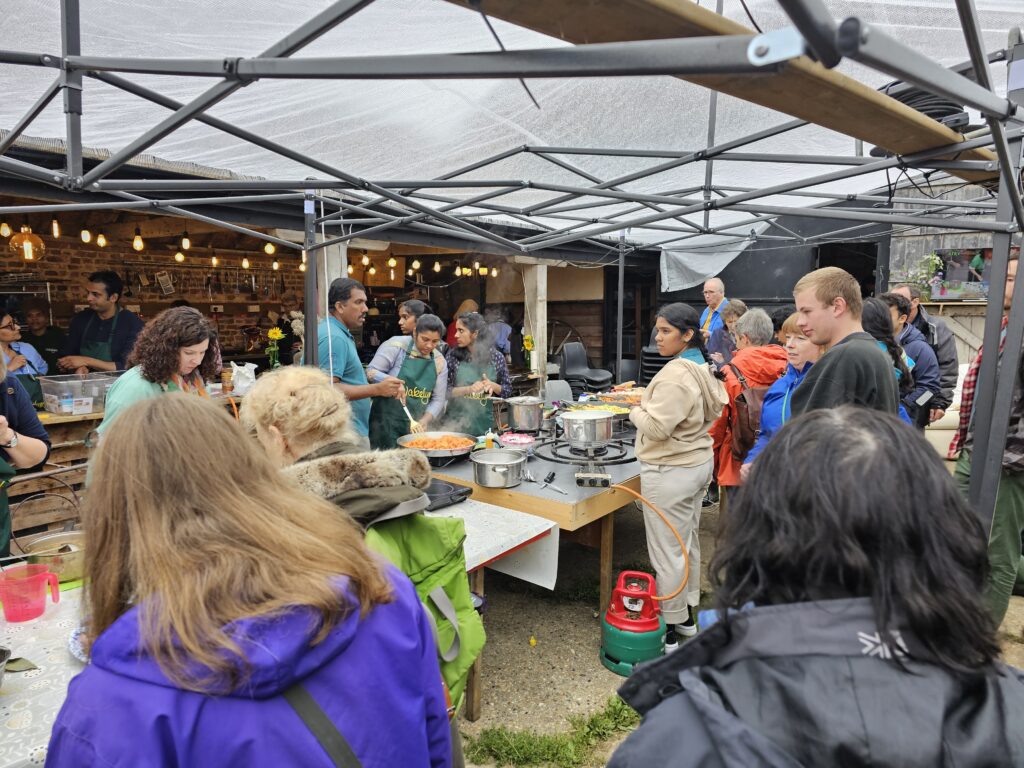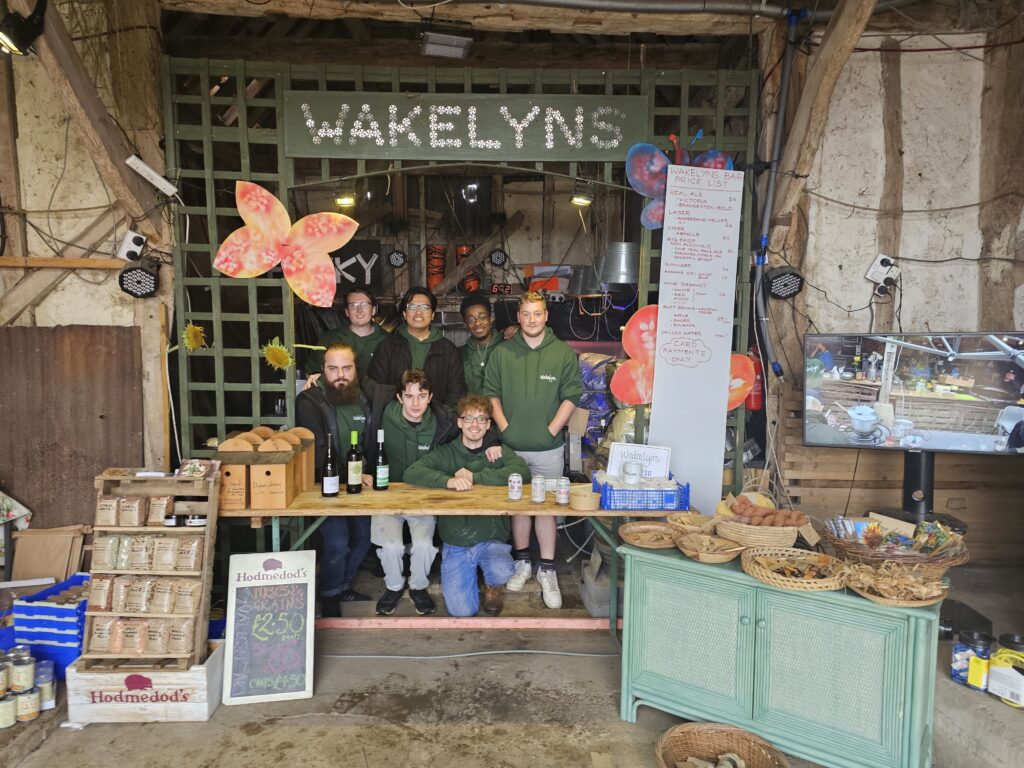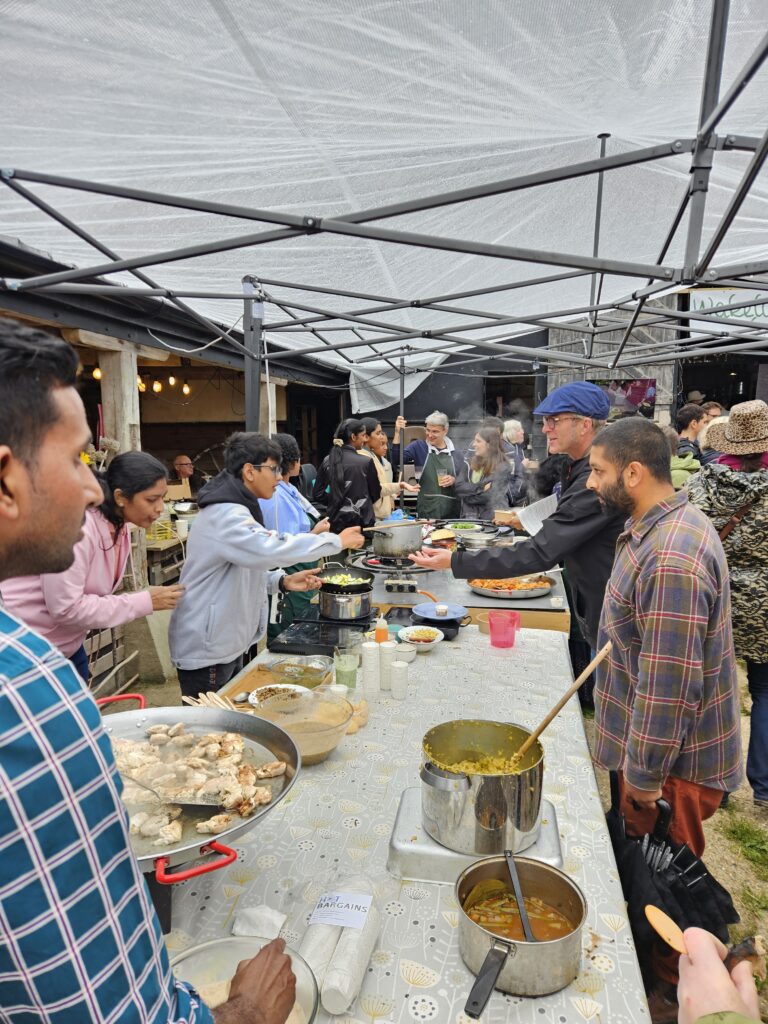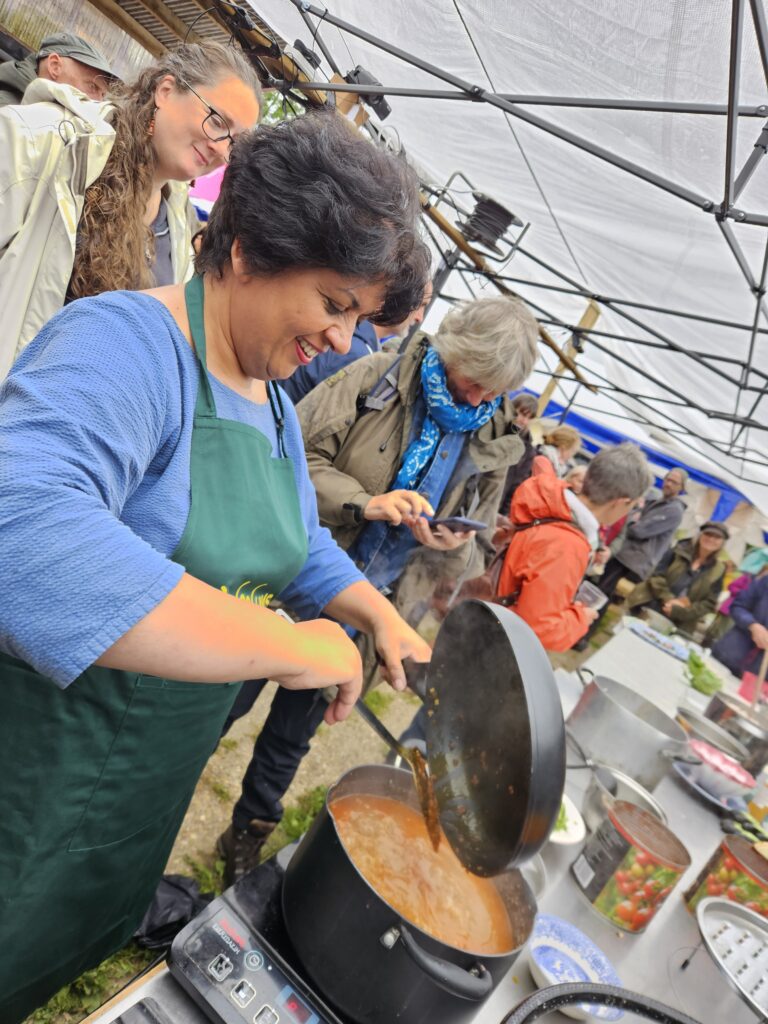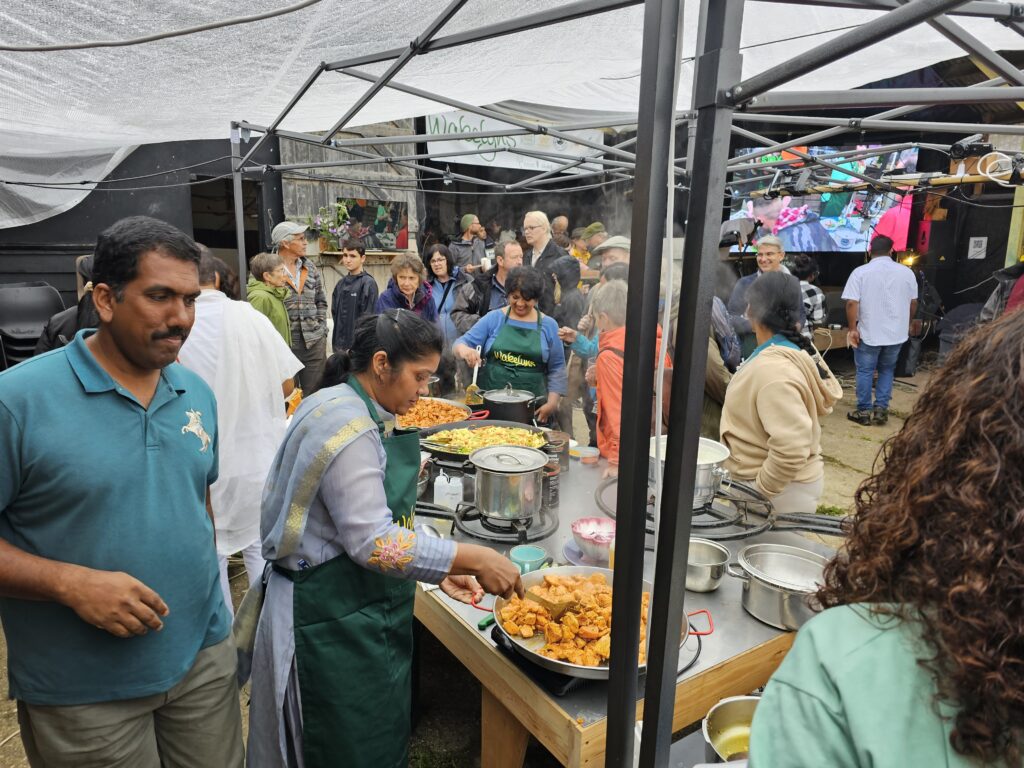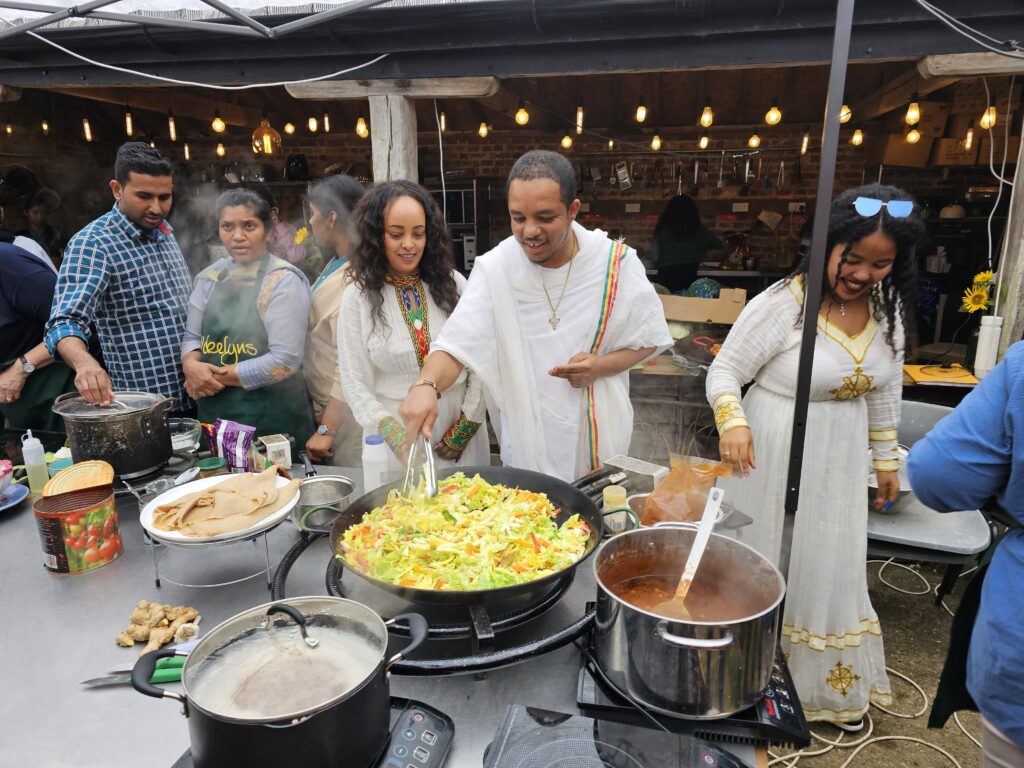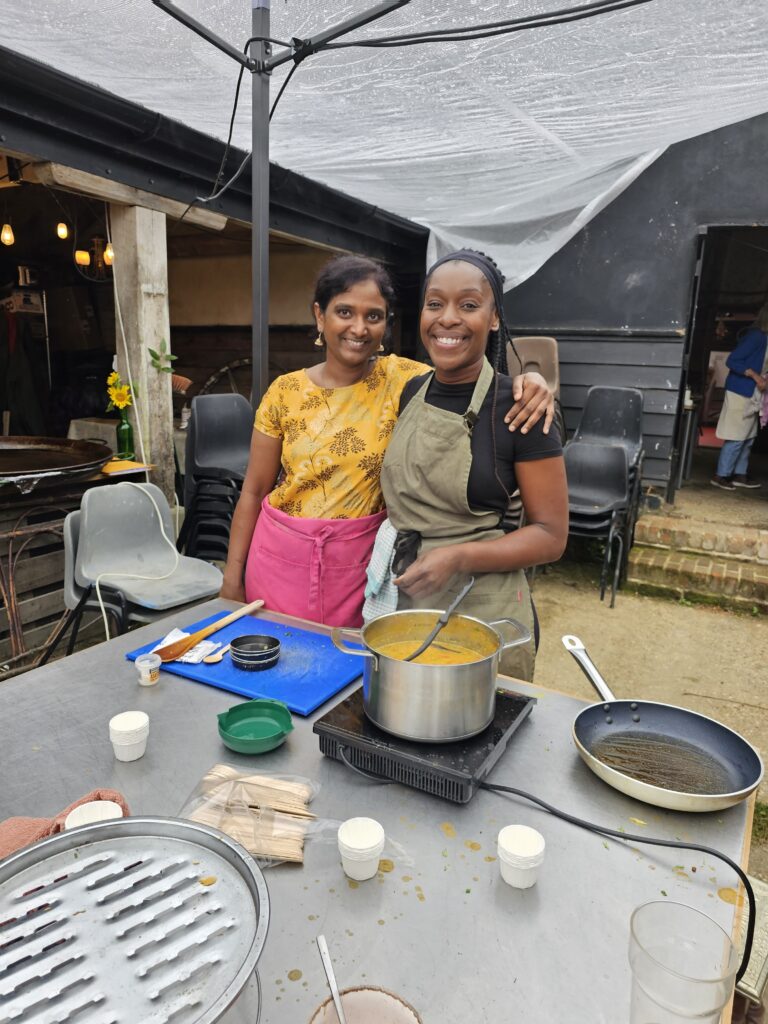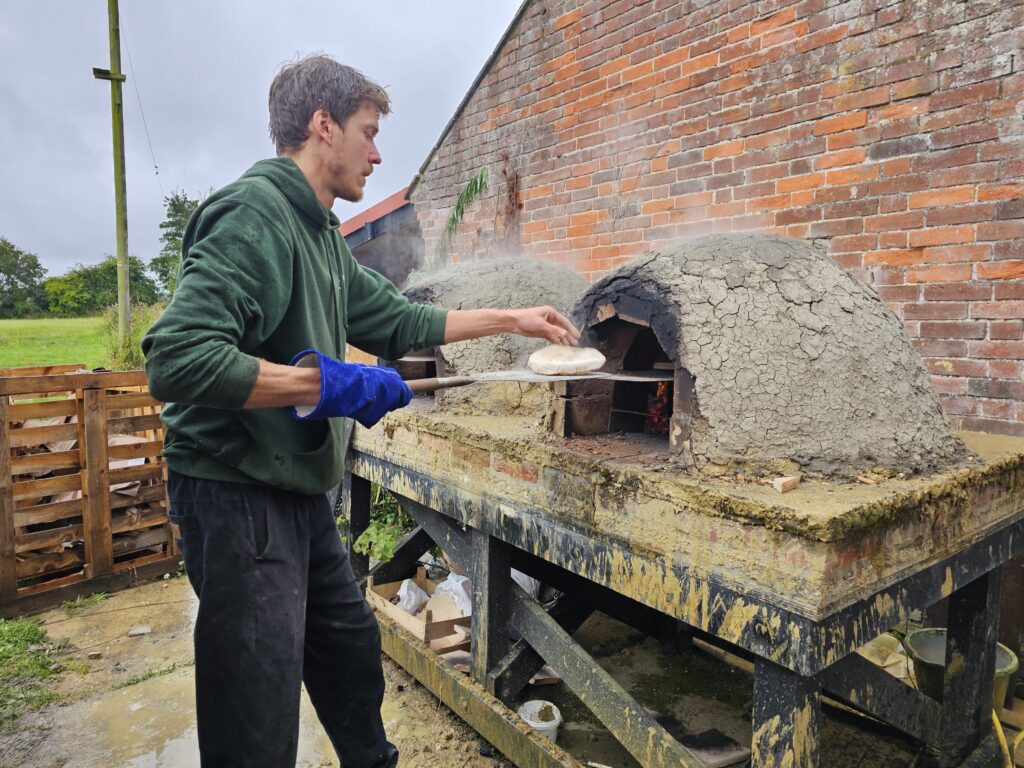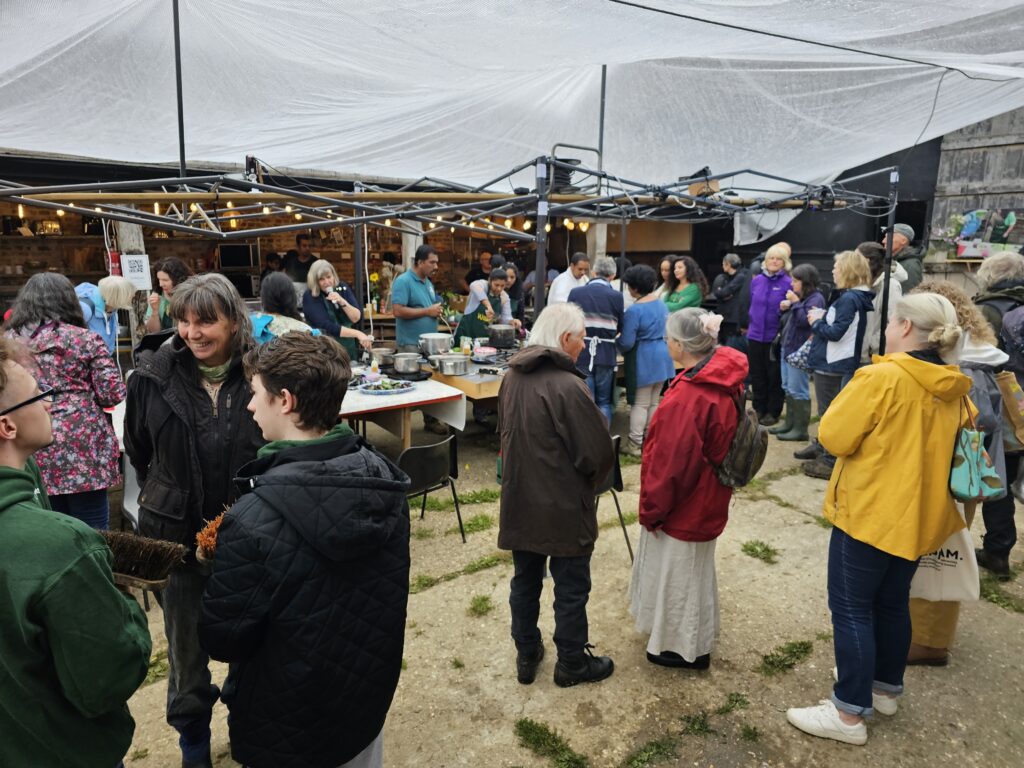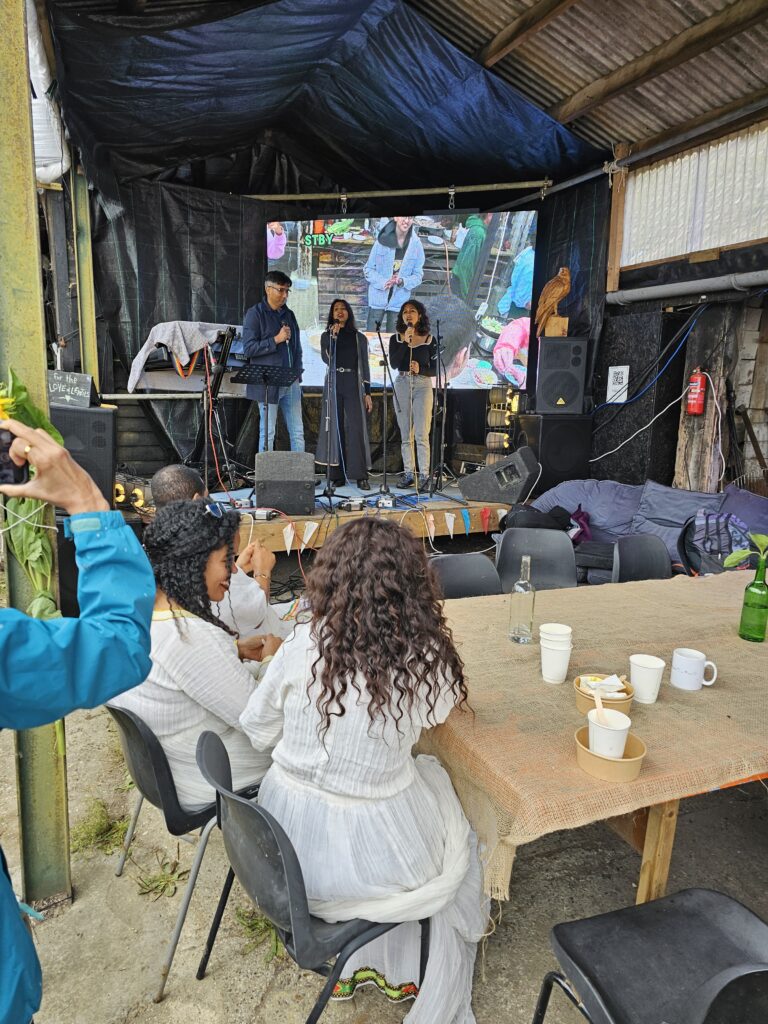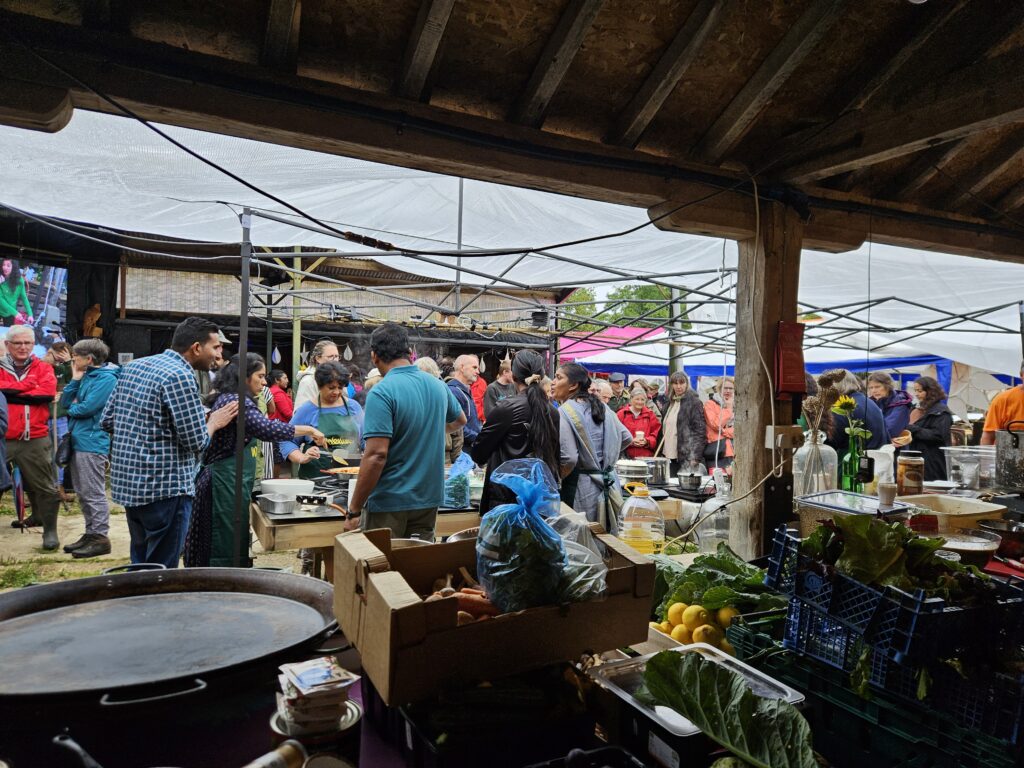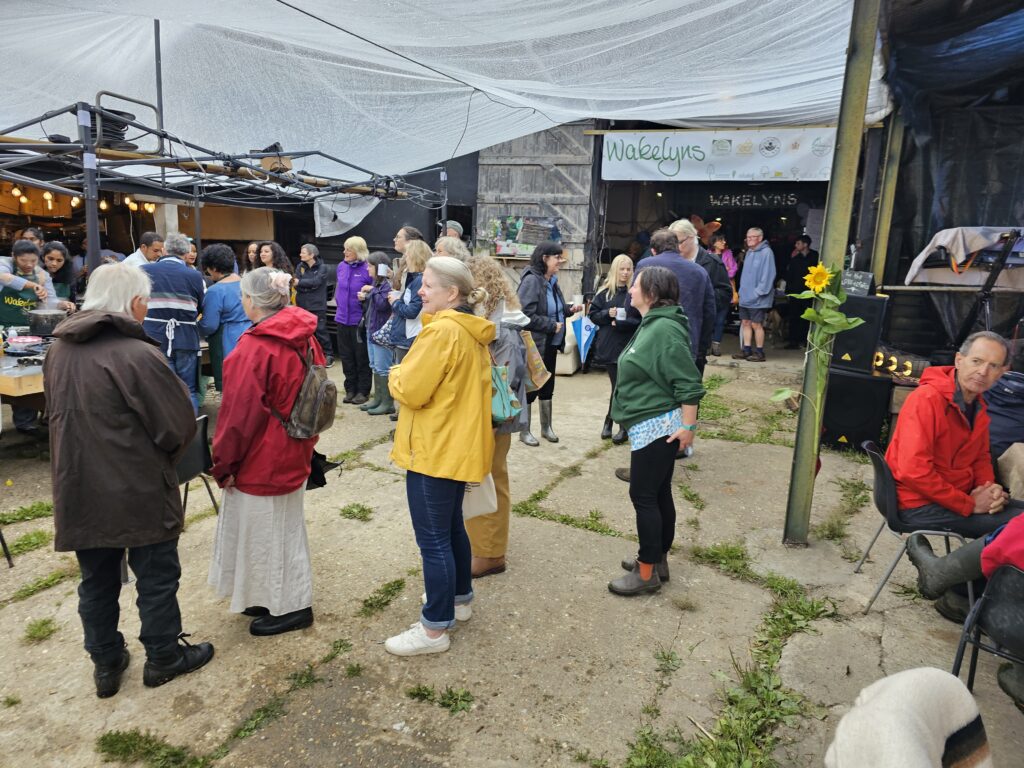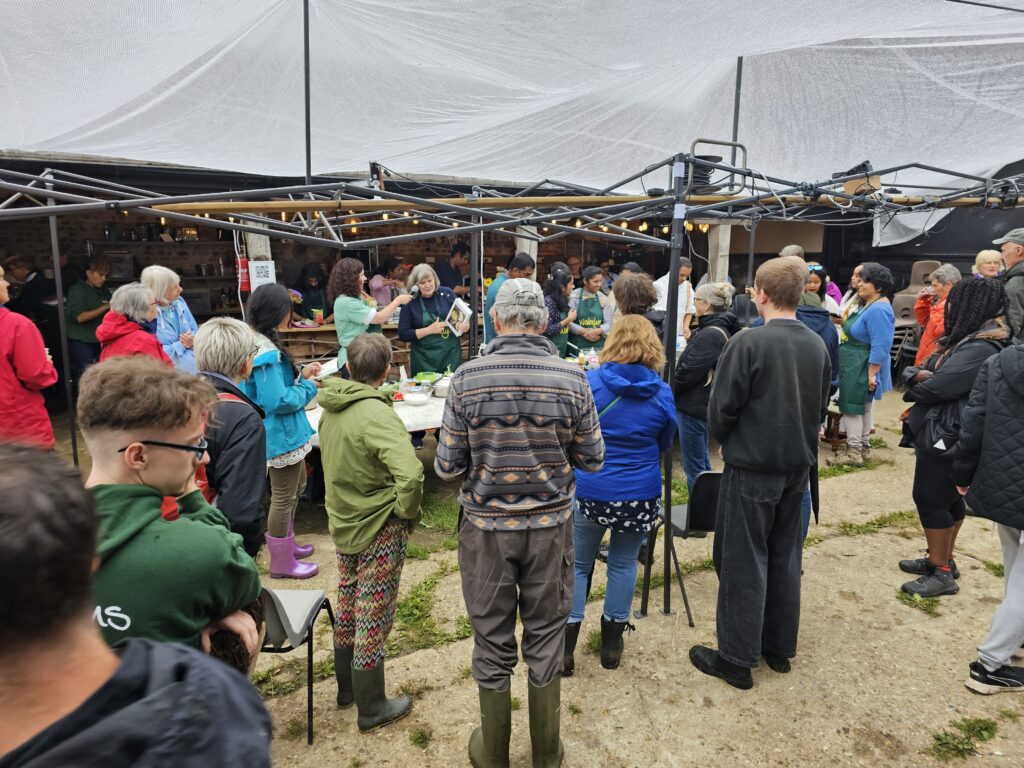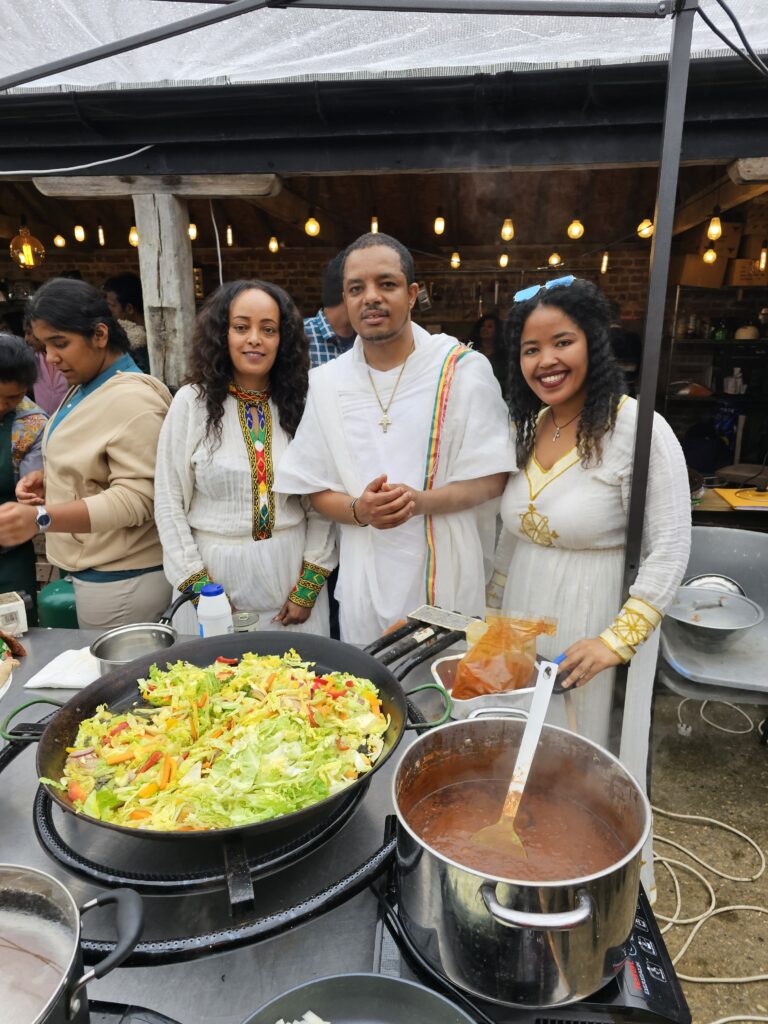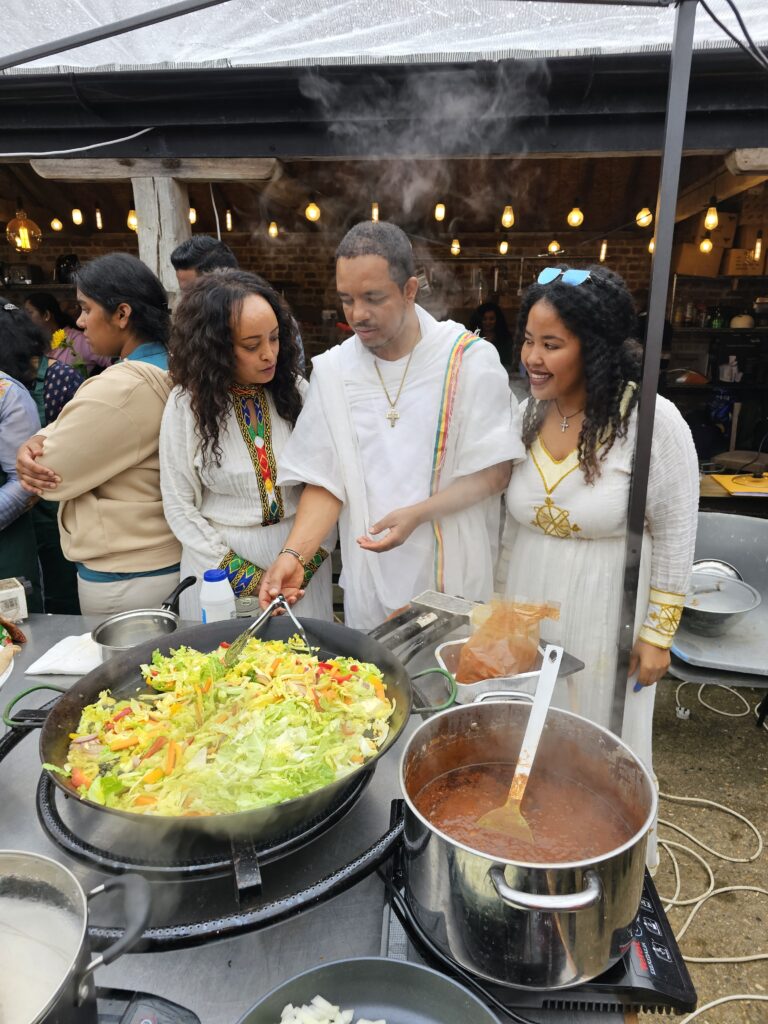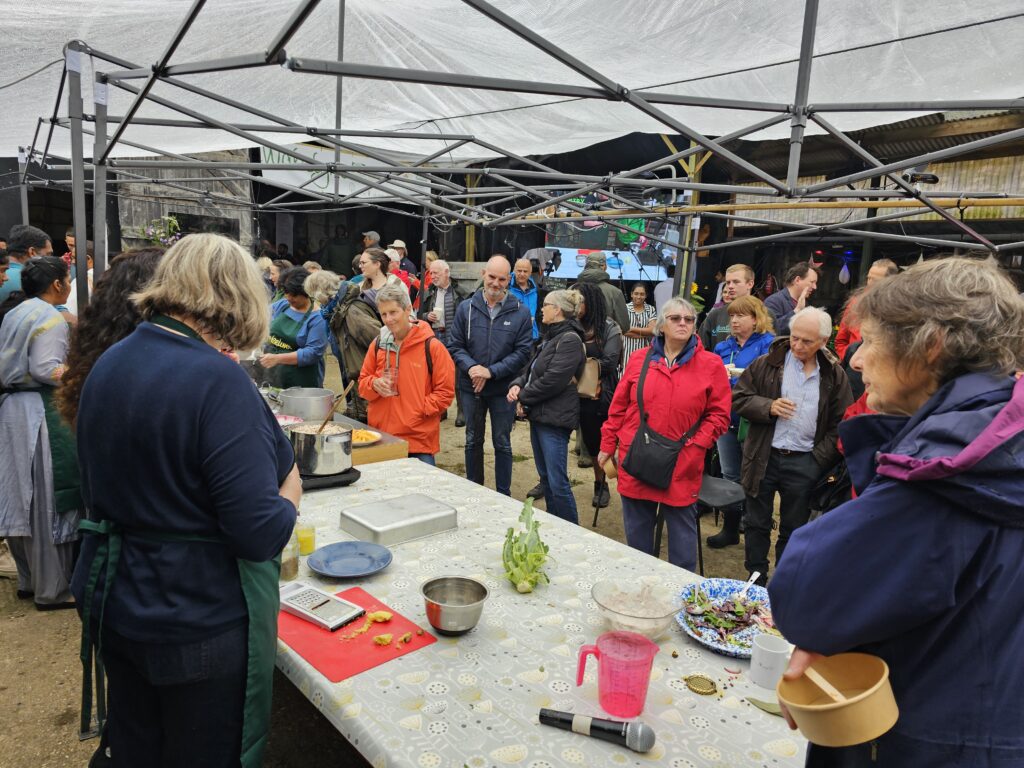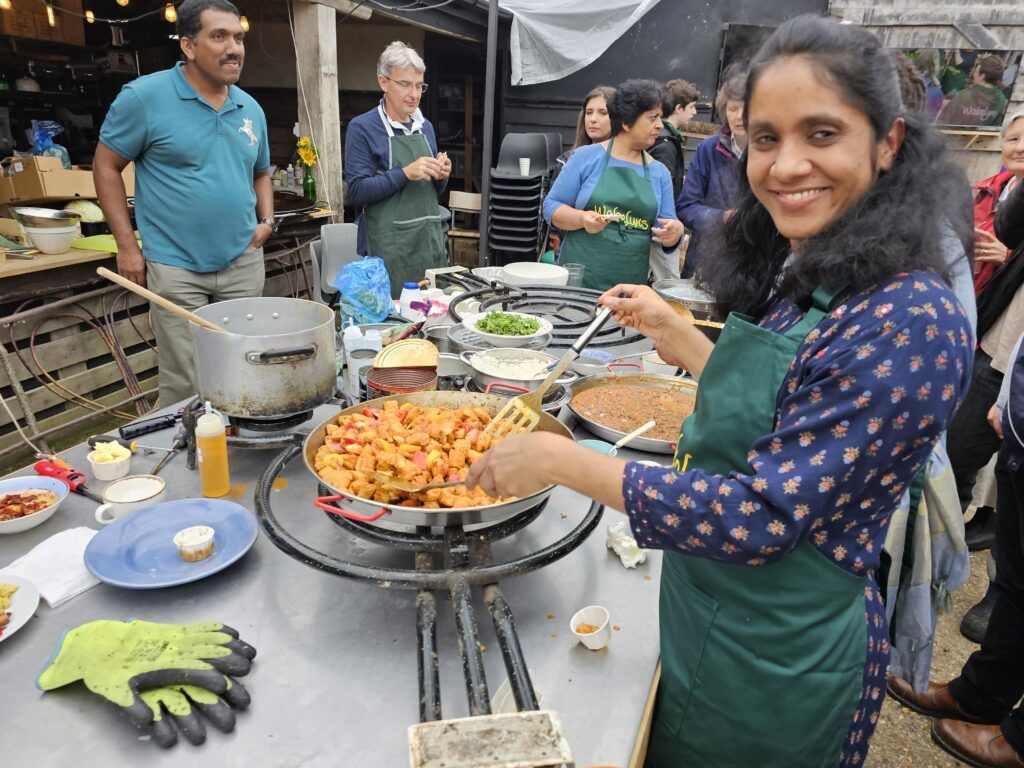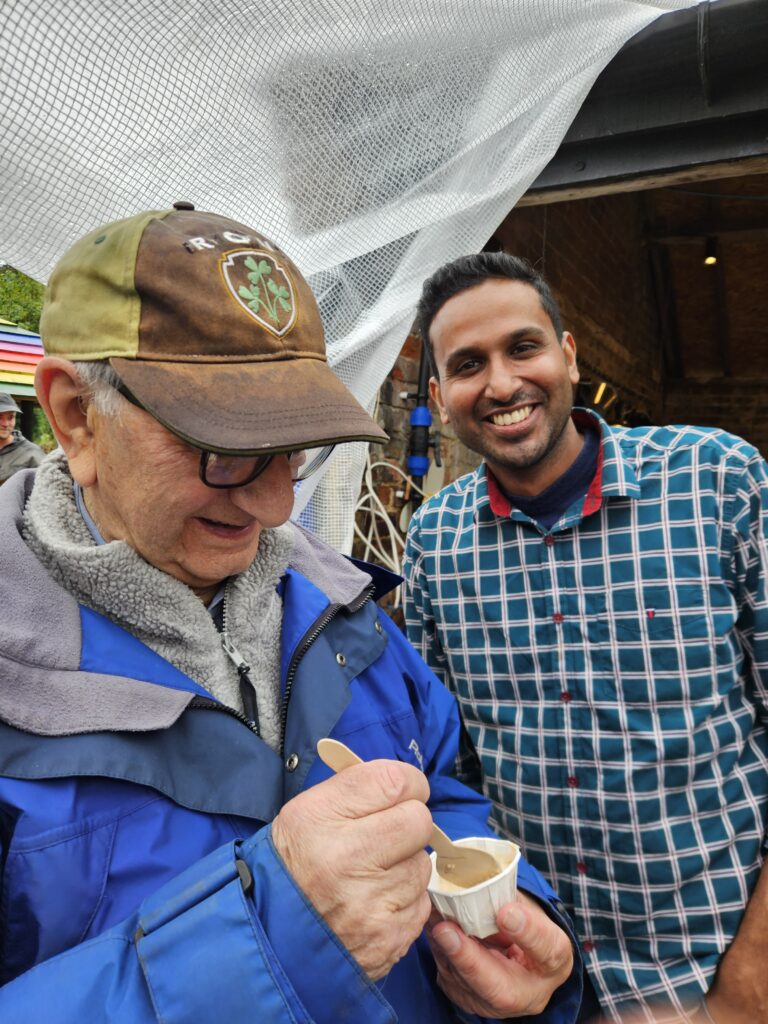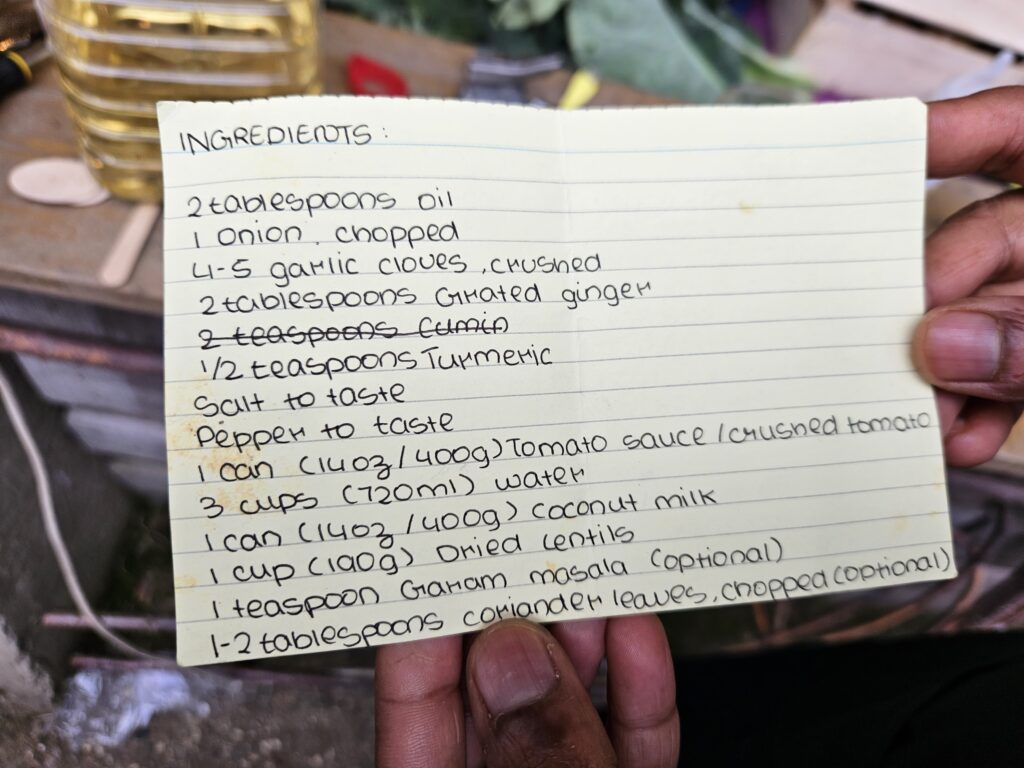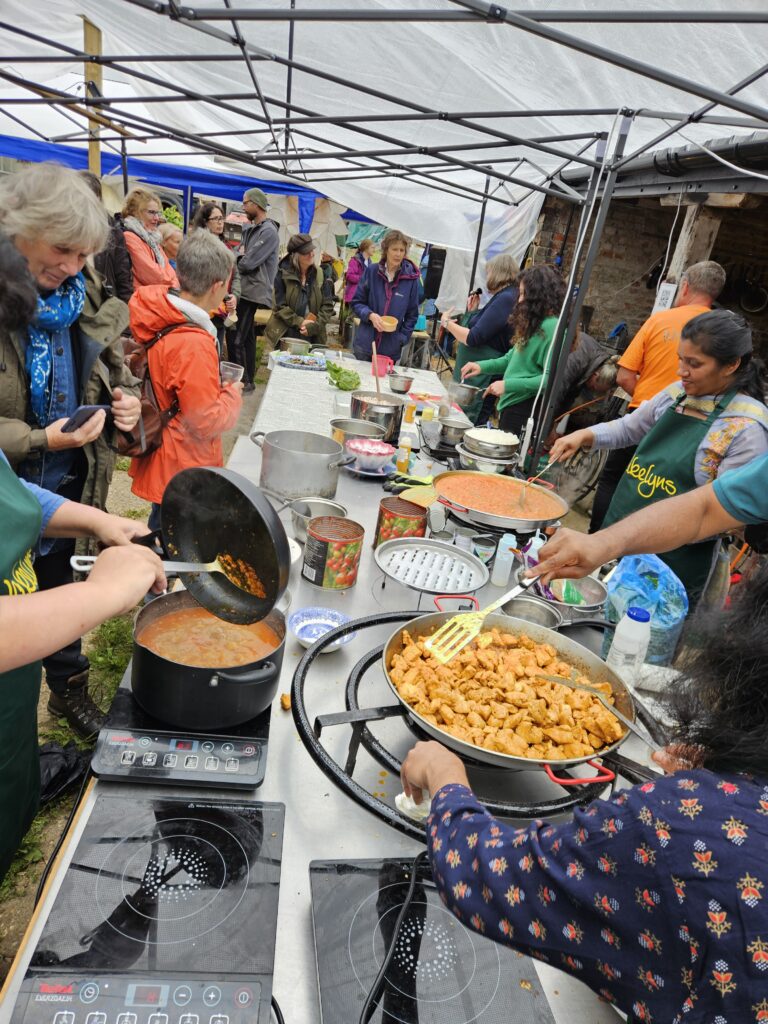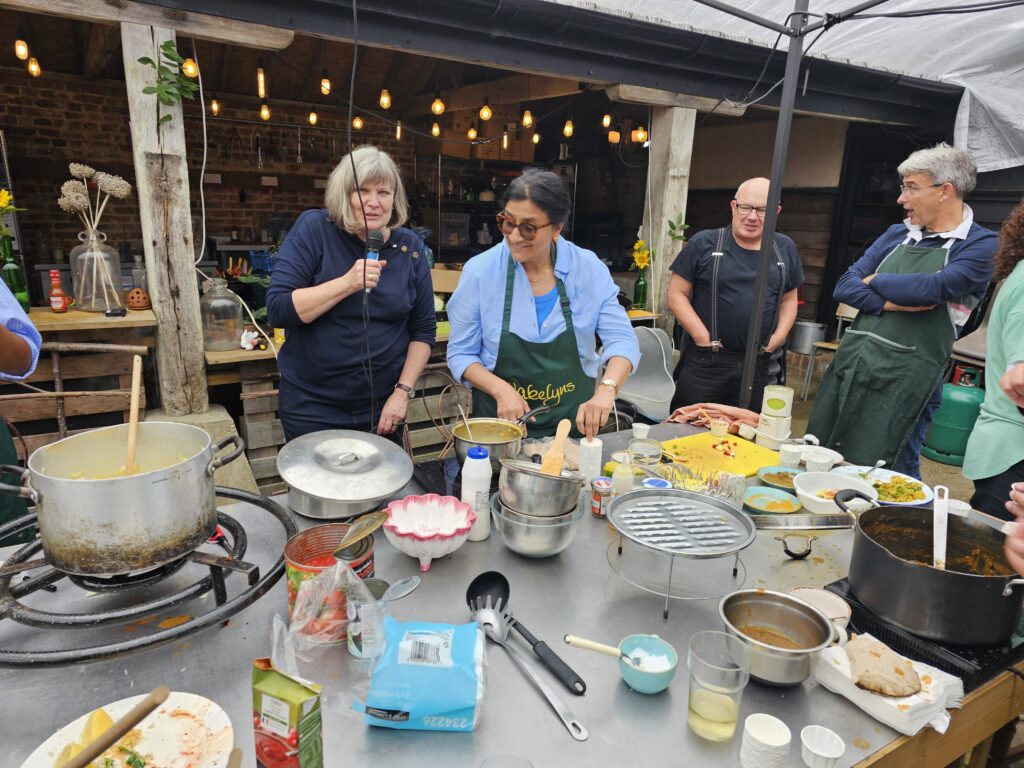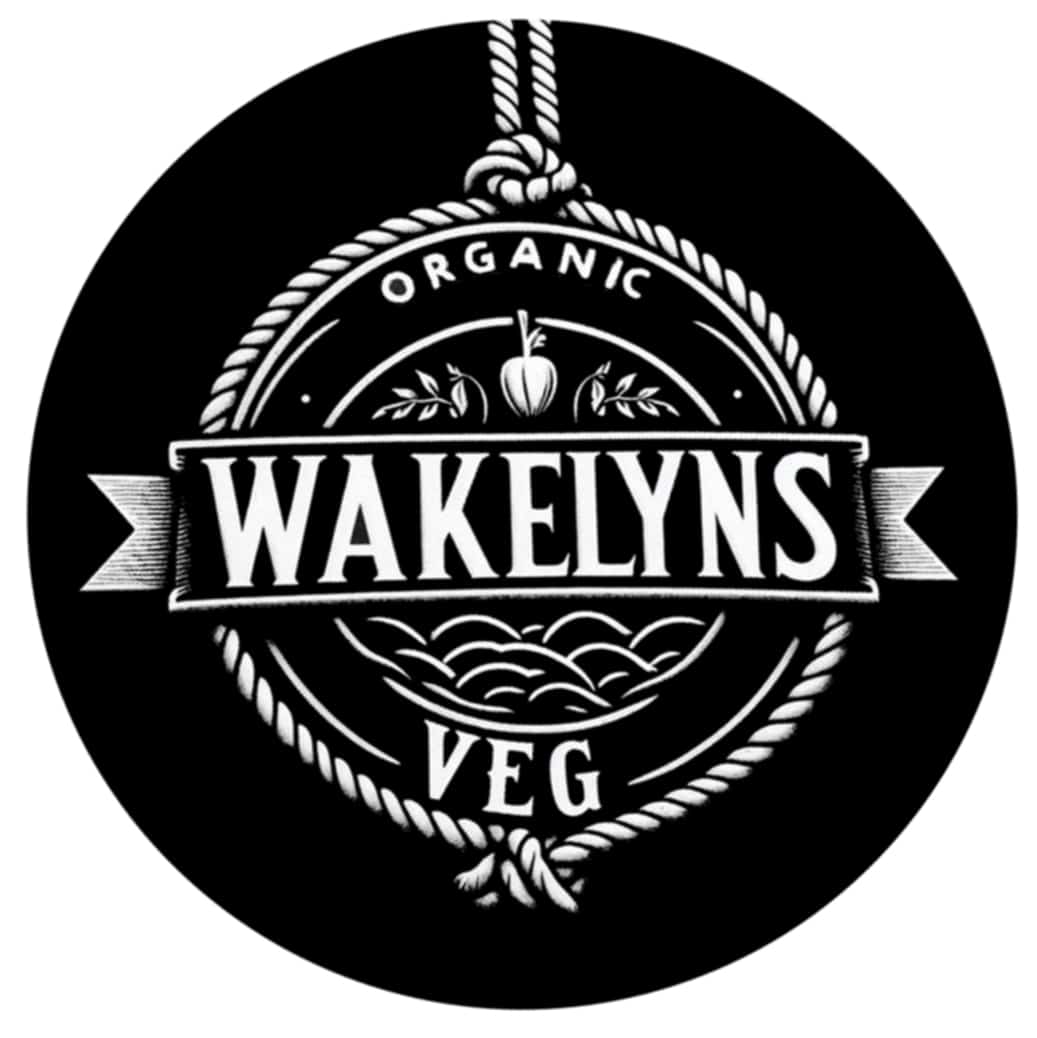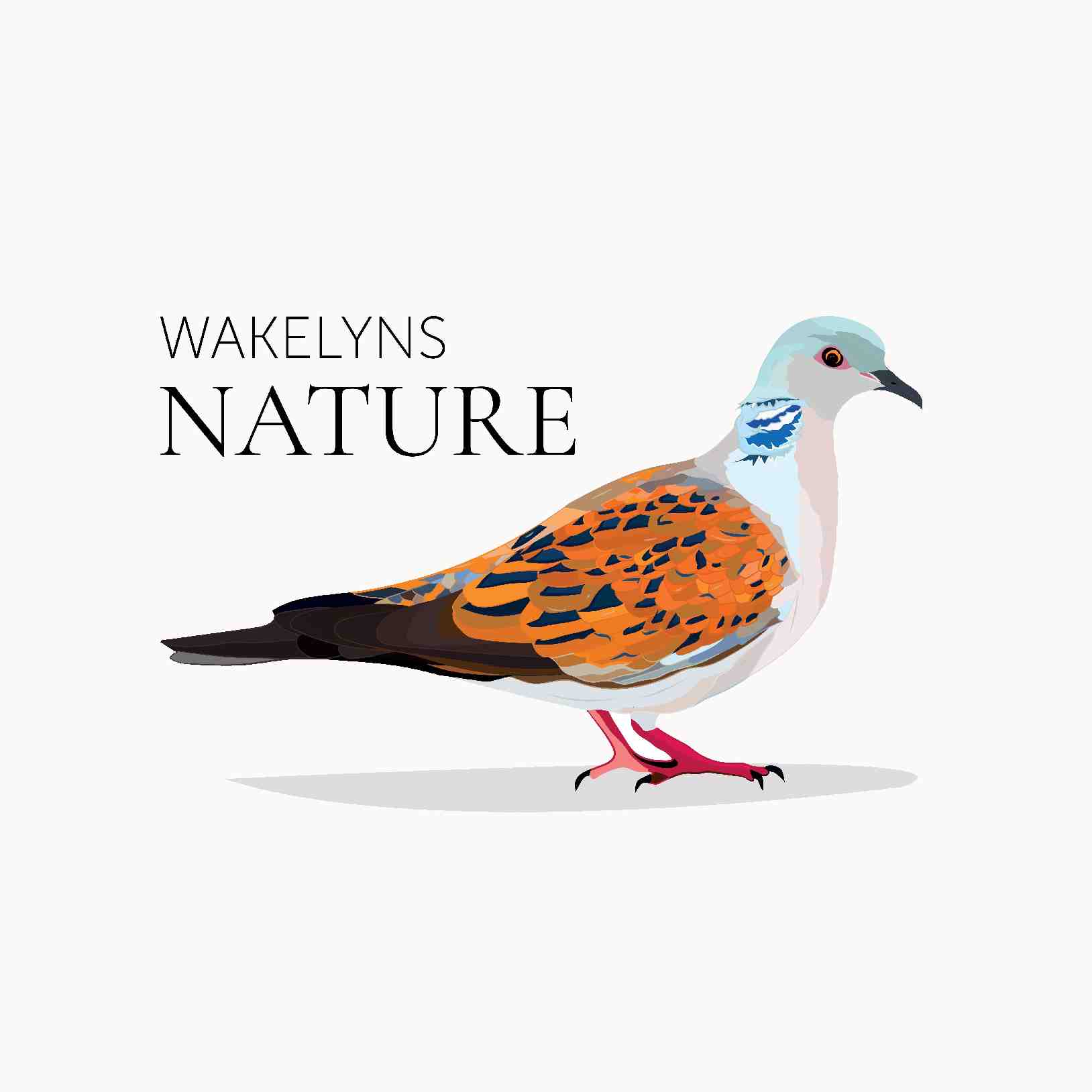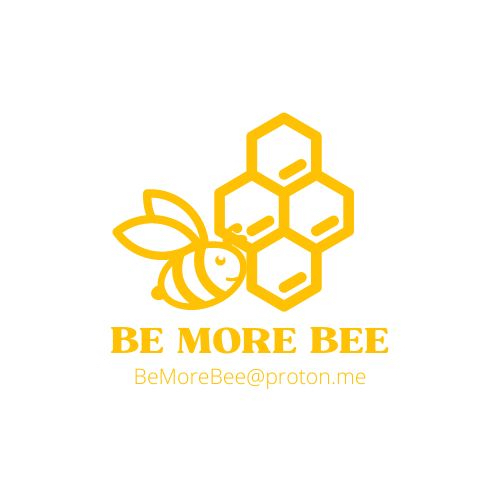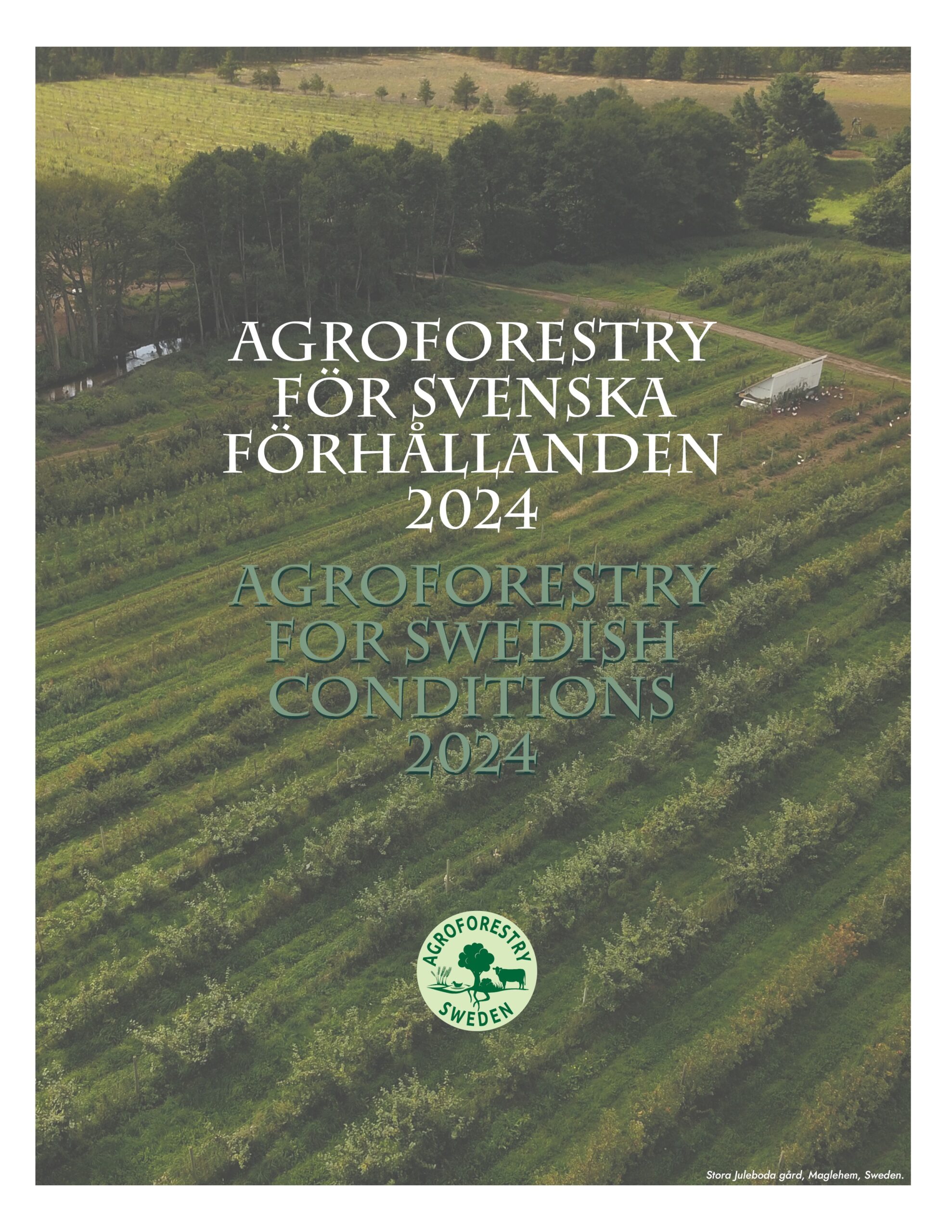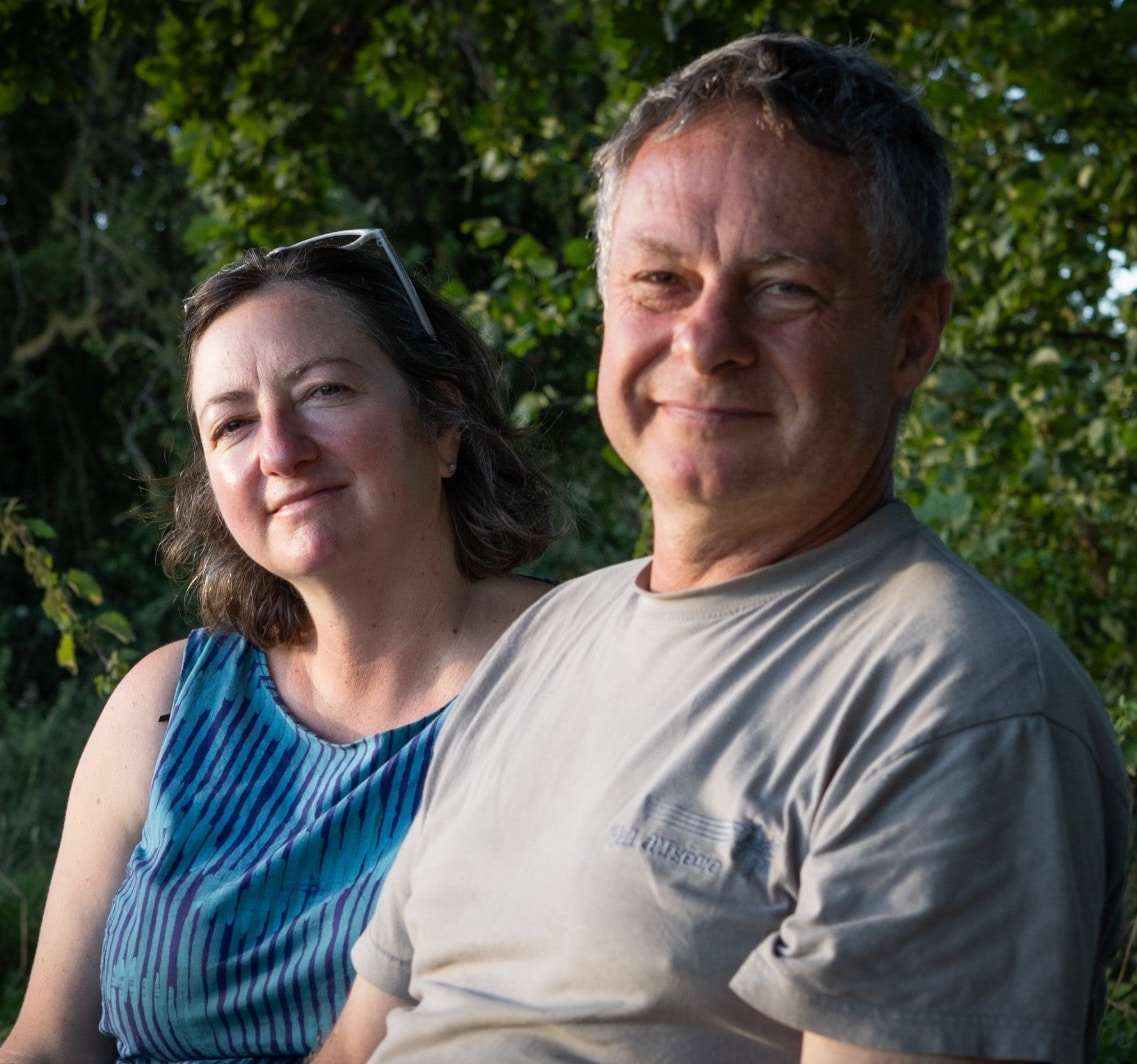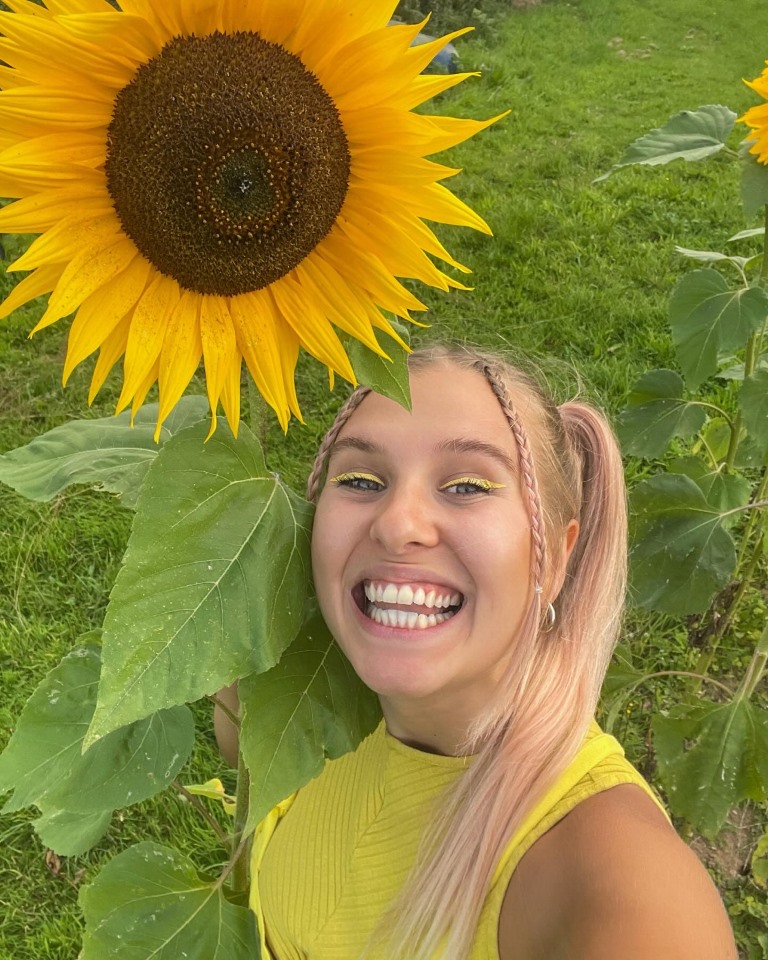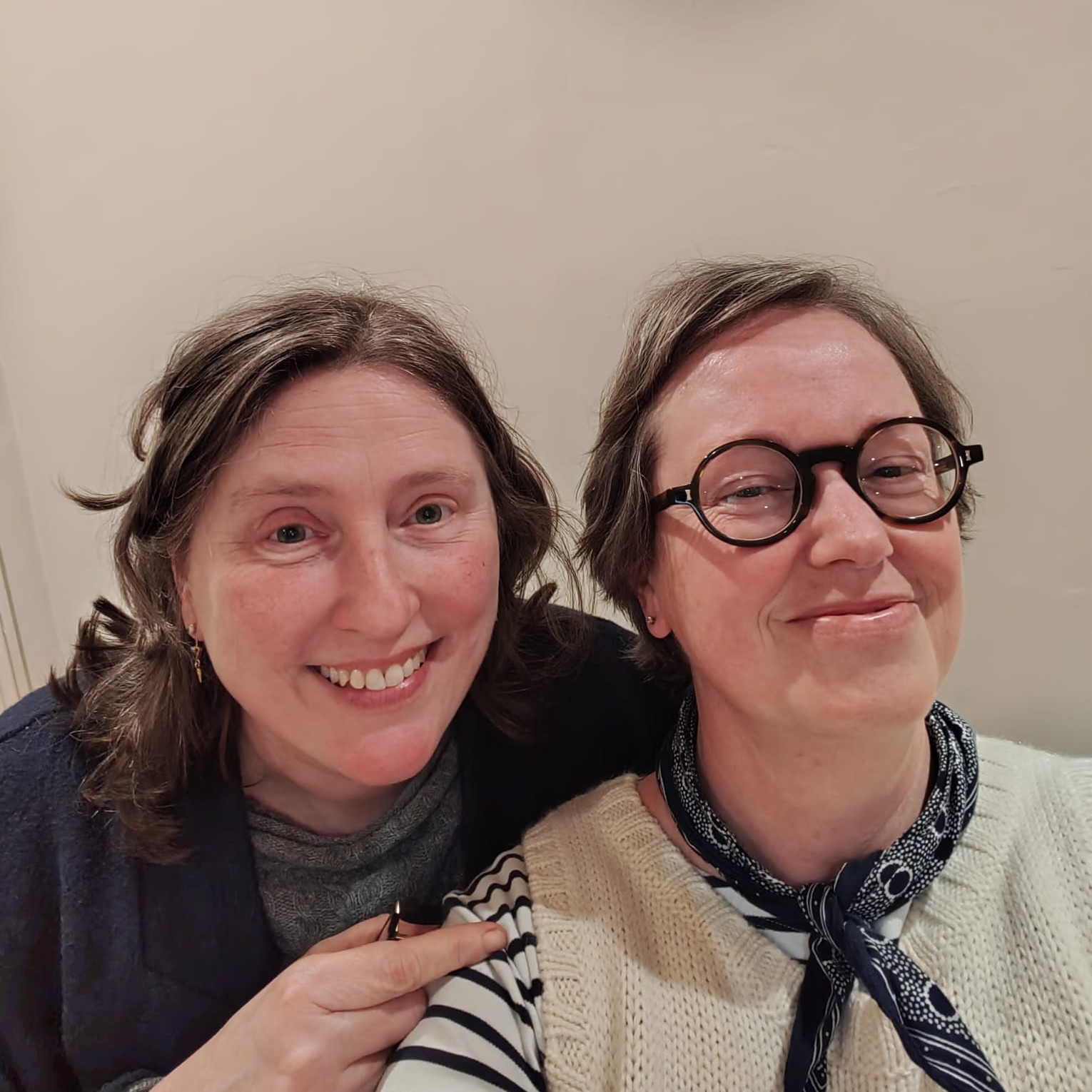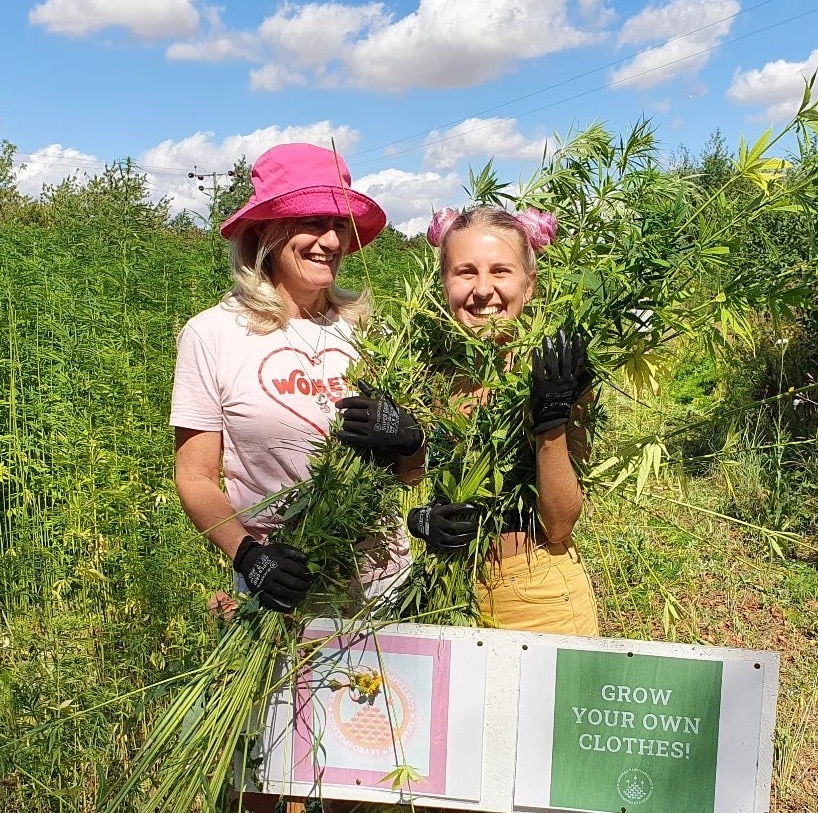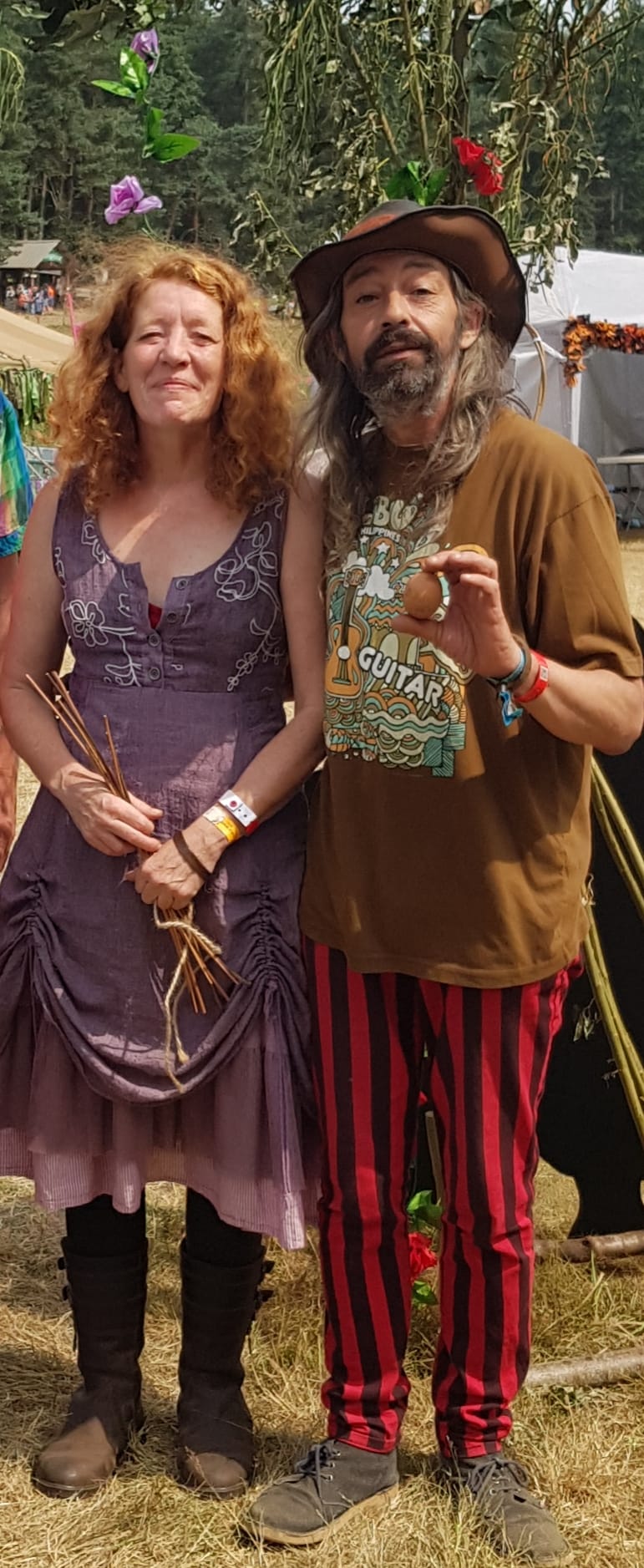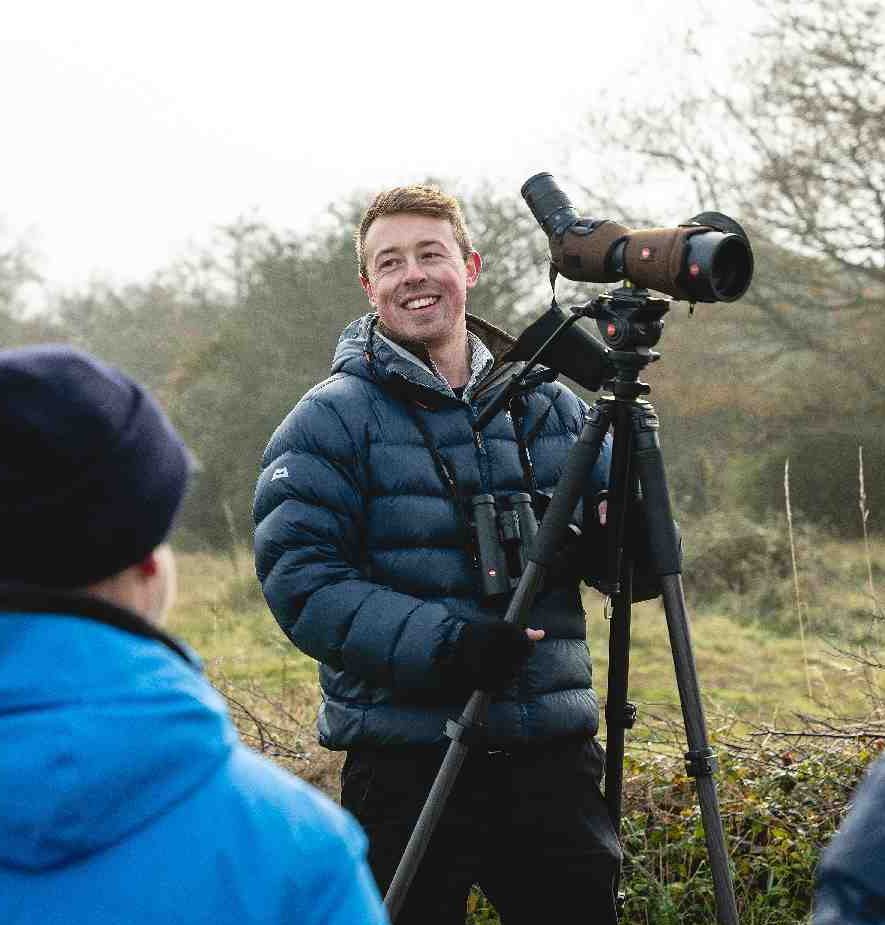Wakelyns was a UK pioneer in growing lentils in conjunction with Hodmedods – experimentally from 2015, and commercially from 2017.On 5 August 2023, we celebrated with the first Wakelyns Dal Festival. Over 260 people with 11 dal chefs using coral and black (‘beluga’) lentils from our 2022 harvest (along with guest lentils from other UK growers), just when our 2023 crop (olive, coral and black lentils) should be nearly ready to harvest in our agroforestry alleys. How’s that for ‘short dal miles’?!
As this was our first Dal Festival, we did not know quite what to expect. The positive responses on the day and afterwards were really quite something. We were very pleased.
“I just wanted to express my gratitude to you for the most wonderful Dal Day on Saturday. You all pulled off a terrific event, fantastic atmosphere, wonderful music and really great information. It was all really inspiring.”I just wanted to express my gratitude to you for the most wonderful Dal Day on Saturday. You all pulled off a terrific event, fantastic atmosphere, wonderful music and really great information. It was all really inspiring.
I really DO hope you will put it on again next year. I can imagine it was a huge amount of work to coordinate such an event, but I hope you all feel it was worth it for you. I will certainly come back if you do another event like this, but this time without small children, so I can concentrate on everything around me.”

